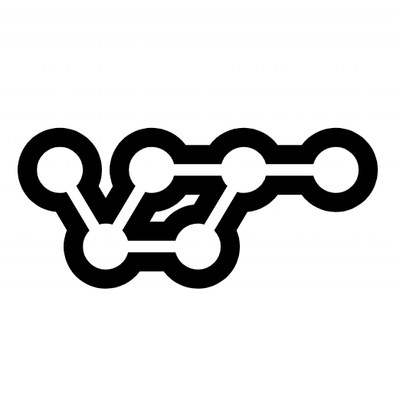
Security News
vlt Launches "reproduce": A New Tool Challenging the Limits of Package Provenance
vlt's new "reproduce" tool verifies npm packages against their source code, outperforming traditional provenance adoption in the JavaScript ecosystem.
grunt-jscrambler
Advanced tools

Add obfuscation to your build process with grunt and grunt-jscrambler.
DISCLAIMER: If you are looking for Jscrambler 3.8 or below please go to this page.
If you haven't used Grunt before, be sure to check out the Getting Started guide, as it explains how to create a Gruntfile as well as install and use Grunt plugins.
Once you're familiar with that process, you may install this plugin:
npm install grunt-jscrambler --save-dev
Once the plugin has been installed, it may be enabled inside your Gruntfile with this line of JavaScript:
grunt.loadNpmTasks('grunt-jscrambler');
In your project's Gruntfile, add a section named jscrambler to the data object passed into grunt.initConfig().
grunt.initConfig({
jscrambler: {
main: {
options: {
keys: {
accessKey: '',
secretKey: ''
},
applicationId: '',
params: [
{
name: 'whitespaceRemoval'
},
{
name: 'charToTernaryOperator'
}
]
},
files: [
{src: ['foo.js', 'bar.js'], dest: 'dist/'},
]
}
},
});
grunt.initConfig({
jscrambler: {
main: {
options: {
keys: {
accessKey: '',
secretKey: ''
},
applicationId: '',
params: [
{
name: 'whitespaceRemoval'
},
{
name: 'charToTernaryOperator'
}
]
},
files: [
{
expand: true,
cwd: '/example/src/'
src: ['foo.js', 'bar.js'],
dest: '/destination/'
},
{
expand: true,
cwd: '/otherexample/'
src: ['foo.js', 'bar.js'],
dest: '/otherdestination/'
}
]
}
},
});
You will need your credentials and Application ID in order to protect your application.
Navigate to your profile page and grab your accessKey and secretKey at the API Credentials section.
Your applicationId can be found inside your application page just below your application name. Click the copy to clipboard icon to copy the applicationId.

You can also grab your current configuration on your application page. This will download a .json file containing a valid configuration with your currently selected options.

Keep in mind that the params object is optional and if it is not provided we will use your previous configuration.
You can find some working examples here
FAQs
Obfuscate your source files using the Jscrambler Code Integrity API.
The npm package grunt-jscrambler receives a total of 77 weekly downloads. As such, grunt-jscrambler popularity was classified as not popular.
We found that grunt-jscrambler demonstrated a healthy version release cadence and project activity because the last version was released less than a year ago. It has 0 open source maintainers collaborating on the project.
Did you know?

Socket for GitHub automatically highlights issues in each pull request and monitors the health of all your open source dependencies. Discover the contents of your packages and block harmful activity before you install or update your dependencies.

Security News
vlt's new "reproduce" tool verifies npm packages against their source code, outperforming traditional provenance adoption in the JavaScript ecosystem.

Research
Security News
Socket researchers uncovered a malicious PyPI package exploiting Deezer’s API to enable coordinated music piracy through API abuse and C2 server control.

Research
The Socket Research Team discovered a malicious npm package, '@ton-wallet/create', stealing cryptocurrency wallet keys from developers and users in the TON ecosystem.